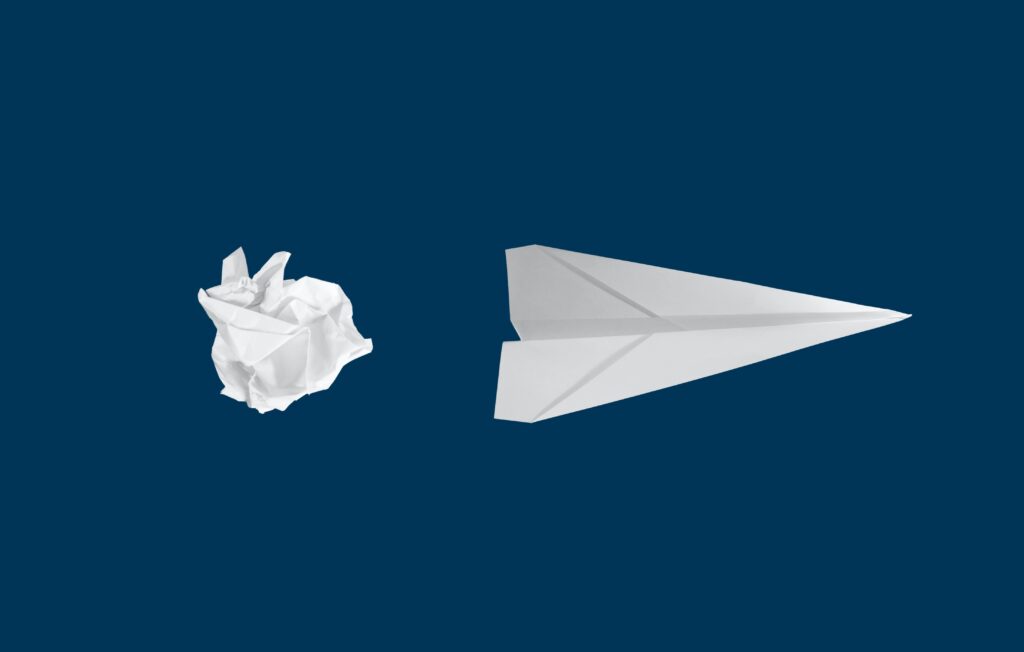What is the difference between Business Analytics and Business Intelligence
Business Analytics (BA) refers to data analysis in a company. Its aim is to look at anticipating trends and results in the market, whilst predicting risks and opportunities. Instead, Business Intelligence helps companies understand the decision-making process in a company. Let’s look at the real benefits of both to understand what suits your business needs.
What is Business Analytics?
As mentioned, Business Analytics is the process that uses software and technologies to analyze data and help to forecast future activities – Predictive Analysis – or what could happen if certain strategies or behaviors are adopted – Prescriptive Analysis.
BA is also called Advanced Analytics.
What is the difference between Business Analytics and Business Intelligence
Business Intelligence collects, stores and analyzes data from the entire business process that is in place. It provides comprehensive and real-time business metrics to improve decision making processes.
Business Intelligence focuses on Descriptive Analysis (what and how), making available a view of historical and current data. Business Analytics, on the other hand, focuses on why something happens and provides forecasts thanks to Predictive Analysis, Data Mining and Machine Learning.
Correlation and Causality
The Business Analytics looks at the causal relationship between 2 or more metrics. This is the most challenging part of Advanced Analytics since in many cases correlation doesn’t always imply causality.
There are usually several reasons behind a correlation. Of course, there may be a causal relationship, but the metrics may also depend on other variables like A and B are related because they depend on C or there may be a chain reaction between different variables.
Data Visualization is an excellent tool for identifying the nature of the relationship in the trend of two variables. The graphical representation of the data allows us to make comparisons and promptly identify any cause-effect relationship.
How does Business Analytics and Business Intelligence affect the decision making process in a company?
The line between Business Analytics and Intelligence is not entirely clear. Their use in solving business challenges, both long and short term, is highly integrated.
Business Intelligence makes it possible to measure predefined rules and indicators, whether a strategy has been successful or not. It provides the tools to make decisions on possible adjustments of a strategy. Business Analytics, on the other hand, tries to understand the reasons why the strategy was successful or not and hypothesize future evolutions or scenarios.
With BI you have an aggregate view of information and measuring organized data based on defined metrics and KPIs.
Business Analytics has the ability to make aggregate analysis of the data in detail, it applies statistical form and then finds correlations and models capable of making predictions.
Some practical examples of Business Analytics and Business Intelligence by sector
The simplest way to understand the two approaches is to refer to practical cases. It is evident how their integration contributes to improving the decision-making process in a company.
Human Resource: what are the best Recruiting Strategies?
Employee engagement, training costs, performance management, cost per hire, conversion rates, etc are all KPIs that a HR Manager needs to consider in order to find the best recruiting process.
Once these metrics have been identified, Business Intelligence can help. It’s possible to strengthen the survey with Business Analytics and understand why certain things happen and how to intervene to improve the process.
BI helps us to find the conversion rates of the hiring process and if it’s low, we can apply a BA approach to identify any causal relationships with other variables. For example, a cause and effect relationship could emerge with the performance of advertising campaigns for the collection of candidates. There’s also useful information to improve implementation strategies and invest better in a budget.
Procurement: is it possible to improve the Supply Chain Process?
After identifying the reference metrics and KPIs from Business Intelligence, it is possible to deepen the analysis of business processes to establish the best performances (BA). A practical example for Procurement, using Business Analytics, would allow you to recognize models in complex data sets which would help determine the price factors and help group the data based on these factors. The resulting clusters would represent a set of purchases with no significant cost differences and thus reveal real differences in supplier performance.
Another good example concerns the activities of Procurement Negotiation. The first step to a successful negotiation is to have all the past information on the purchase. Prices are influenced by multiple factors and fluctuate throughout the year. For this, it is necessary to use an advanced analysis algorithm to group historical purchases into statistical clusters. At this point, by entering the description of the next purchase in the system, it is easier to identify a list of suppliers online and get a price benchmark. In this way we can have all the knowledge necessary to better deal with the negotiation.
What is the best software to integrate Business Analytics and Business Intelligence?
Atlantic Technologies has been providing data analytics for more than 25 years and we’ve tried and tested many solutions in the market. Since 2014 we’ve been a partner of Tableau Software, the leader in Modern Business Intelligence. Last year, Tableau was bought by Salesforce (Discover Tableau CRM).
Why did we choose Tableau?
The end to end Business Intelligence and Business Analytics platform has revolutionized data analysis thanks to advanced features of Data Visualization. The solution allows you to create interactive dashboards quickly and easily, becoming the reference point for Self Service Analysis. With Tableau, it’s possible to combine data from the most disparate sources in a simple way and without the use of code.
Lastly, forecasts based on historical data can be realized with Tableau Forecasting. The technique used is known as Exponential Smoothing.






